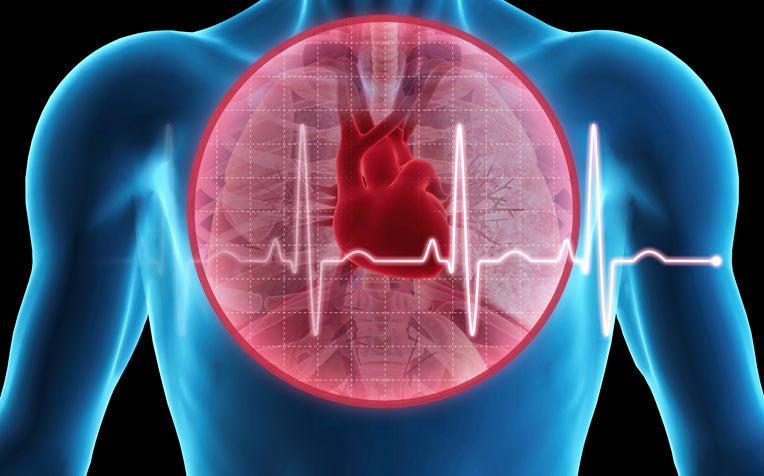HealthXchange will NEVER ask you to transfer money over a call. If in doubt, call the 24/7 ScamShield helpline at 1799, or visit the ScamShield website at www.scamshield.gov.sg.

Heart bypass surgery or CABG - when is it recommended over PCI (percutaneous coronary intervention) for coronary artery disease (CAD)? Read on to find out.
Coronary artery disease (CAD) treatment: coronary artery bypass grafting (CABG)
Heart bypass surgery, also known as coronary artery bypass grafting or CABG, is an open heart surgery. It is also a known treatment procedure for coronary artery disease (CAD). In this procedure, the surgeon removes a vein from the leg or chest and sews it beyond the blockage so that blood can flow through the newly grafted vessel, bypassing the clogged coronary artery.
“CABG results are more durable as they last an average of 10 years,” says the Department of Cardiology at National Heart Centre Singapore (NHCS), a member of the SingHealth group.
However, coronary bypass has a slightly higher risk for complications than coronary angioplasty (also known as percutaneous coronary intervention, or PCI). It also requires a longer hospital stay (one week) and longer recovery (one to two months).
Which is the preferred intervention?
For stable angina or stable CAD:
“Once it has been decided that re-establishing blood flow to the heart is appropriate, the choice between PCI or CABG remains complex in patients with stable CAD.”
Beyond the general pros and cons of each procedure described above, at least three important factors need to be considered: the complexity of the CAD, the diabetic status and heart function.
It is important to know that PCI (angioplasty) has not been shown to improve survival or prevent a heart attack in patients with stable CAD. However, it can be considered for symptom relief.
For acute coronary syndrome:
“In patients having a full heart attack, immediate opening of the blocked artery is recommended within 90 minutes to save the heart muscle and, in some cases, the patient’s life. In this case, PCI can be done much faster and is safer than CABG.”
When angioplasty is not possible or too dangerous for anatomic reasons, coronary bypass surgery or CABG may be preferred.
If CABG is preferred, it will usually be performed after a few days or weeks, once the patient has been stabilised with medication.
Read the previous page to learn about PCI (coronary angioplasty) .
Ref: R14
Related Articles
Public Events
Get the Health Buddy App
© 2025 SingHealth Group. All Rights Reserved.















 Get it on Google Play
Get it on Google Play